"I am writing to announce that the website and journal of William English, (www.williamenglish.net) a miner originally from the North East of England who through hard work became a mining engineer in the gold mines of South Africa, is now live.
The website and journal covering the period 1875 to 1915 has been a project for William’s descendants, Hilary Norris and Larry Cunningham.
William found his own first job as a trapper when he left school at thirteen but after a week, ‘I didn’t like the mine, and wanted to leave, but my father said I had looked for the job myself and would now stay there. Well that fixed my destiny, but I know I should never have been a miner’.
William later followed in his father Henry’s footsteps and found work in the mines of South Africa. In 1899 he joined the Kaffrarian Rifles, fighting in the Boer War, and keeping a diary of each skirmish he took part in.
It is possible the journal was begun around this time. William’s life wasn’t solely defined by his work as a mining engineer although he details the materials, costs and dangers involved. He had many other interests, cycling perhaps being his greatest passion.
In transcribing William’s journal we have tracked the tragically short life of a self taught man in his own words. Additional material adds context and background information on the family. If you’d like to contact us please do so on [email protected] Larry Cunningham & Hilary Norris June 2021"
His Journal probably written at a much later period of his life has been transcribed by his relatives and the website contains much more information about places and historical context.




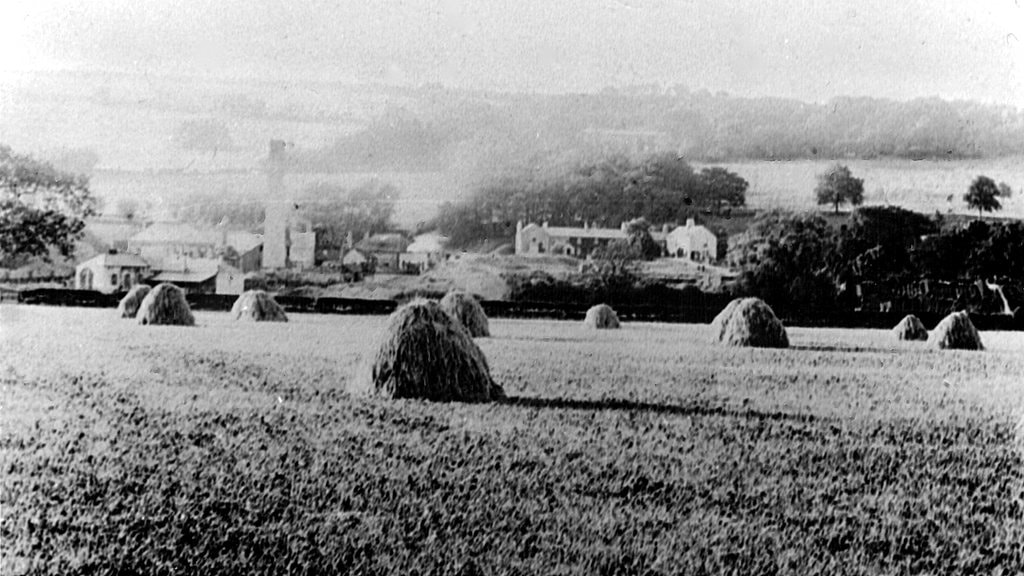
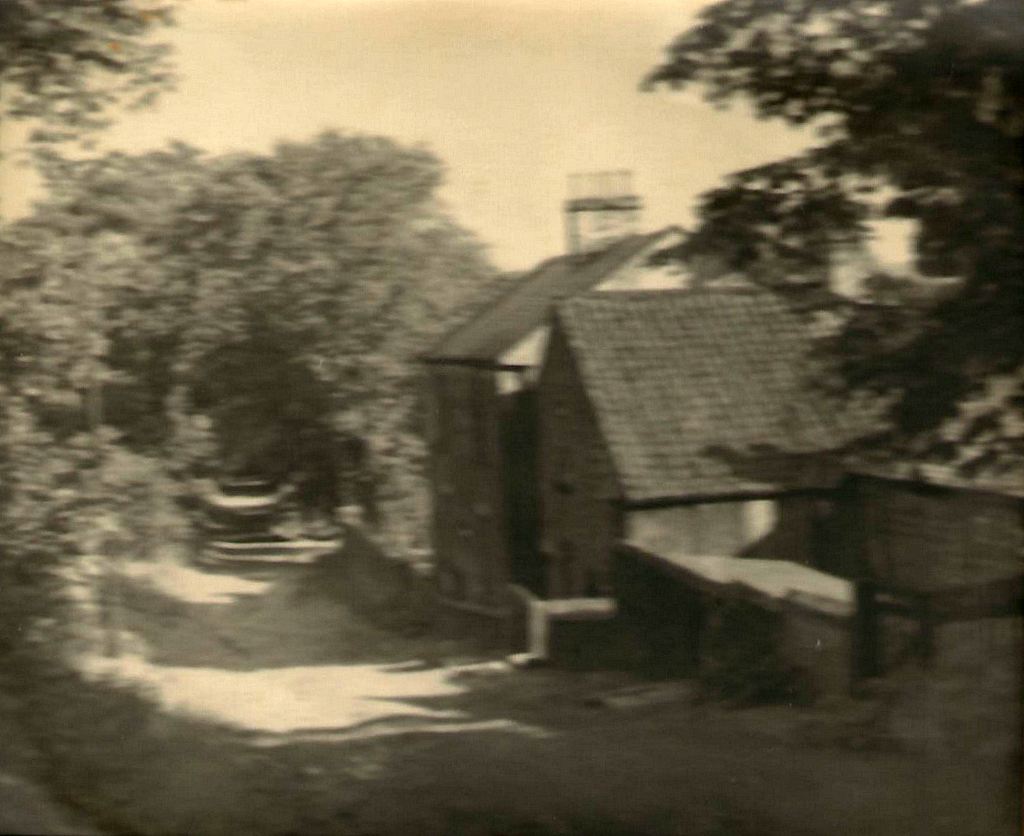
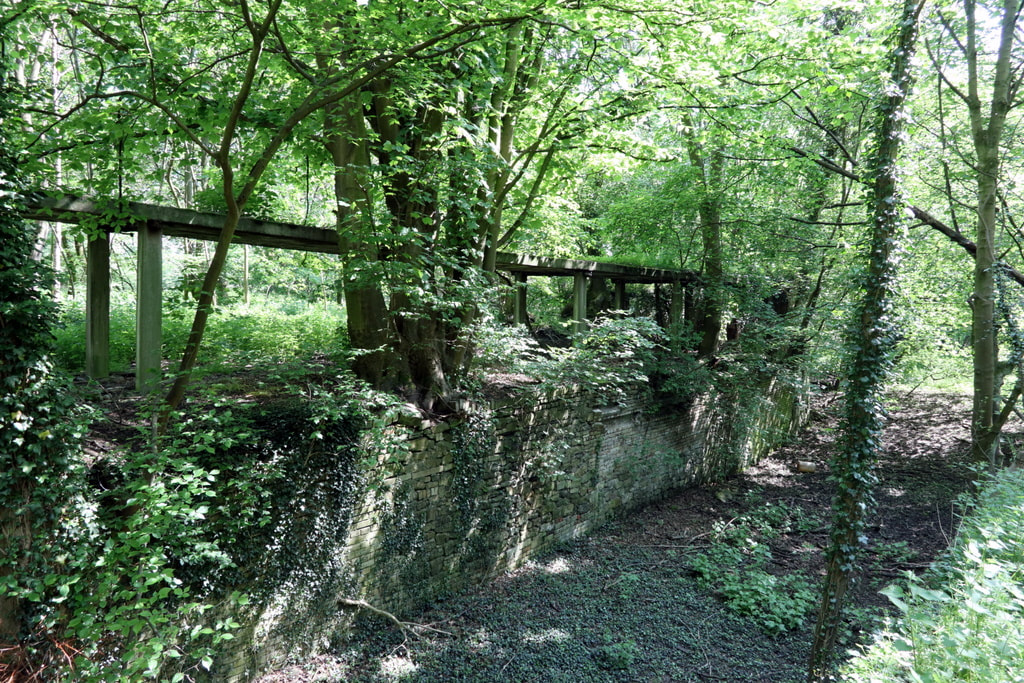

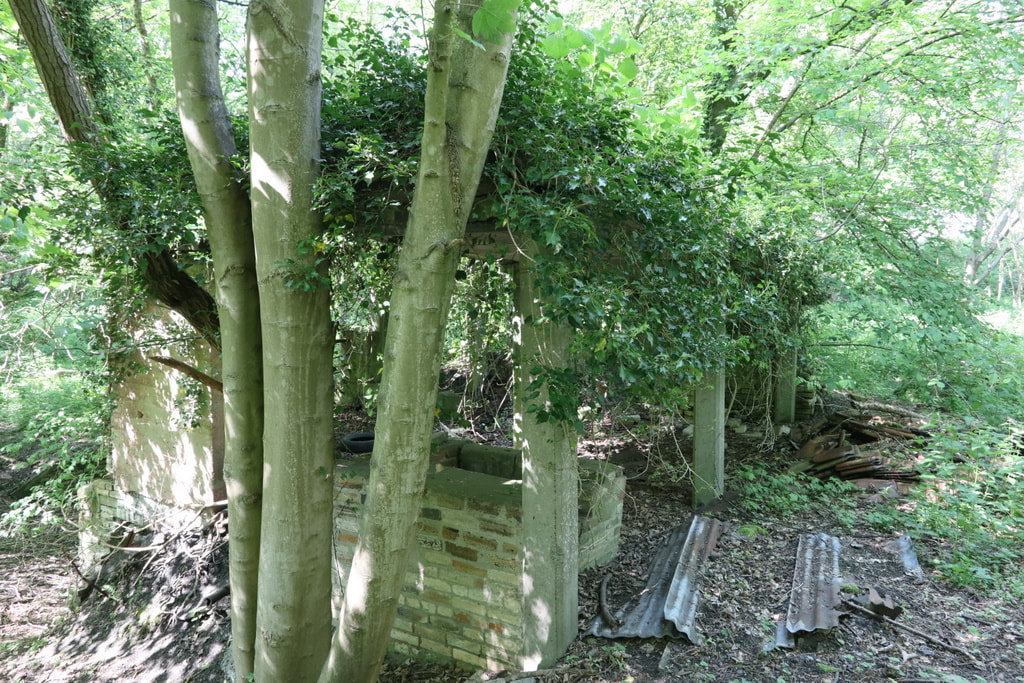
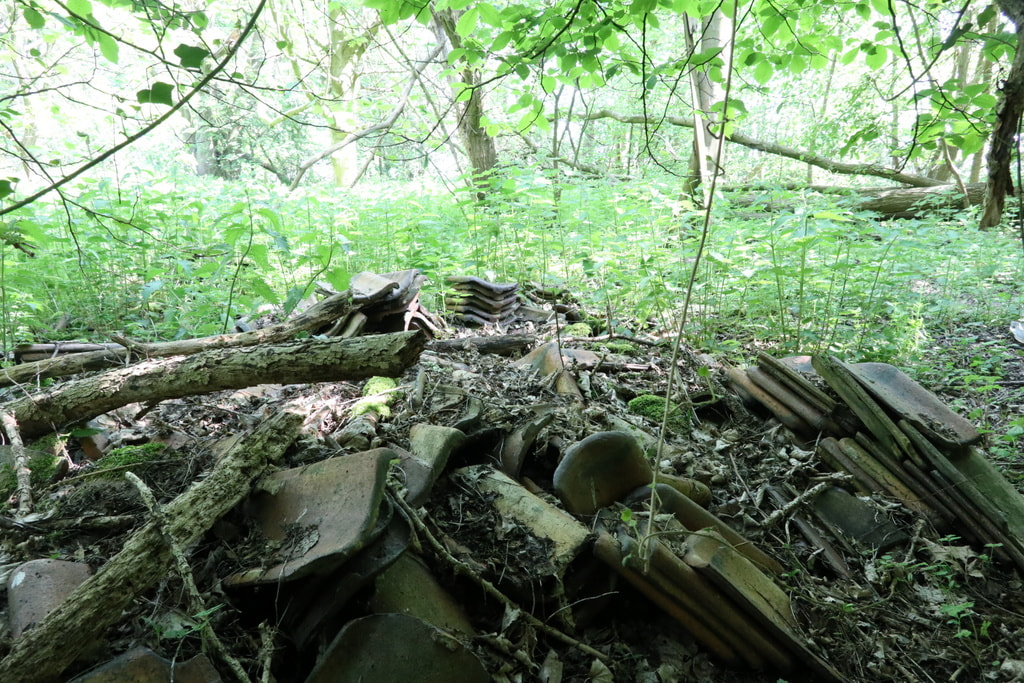
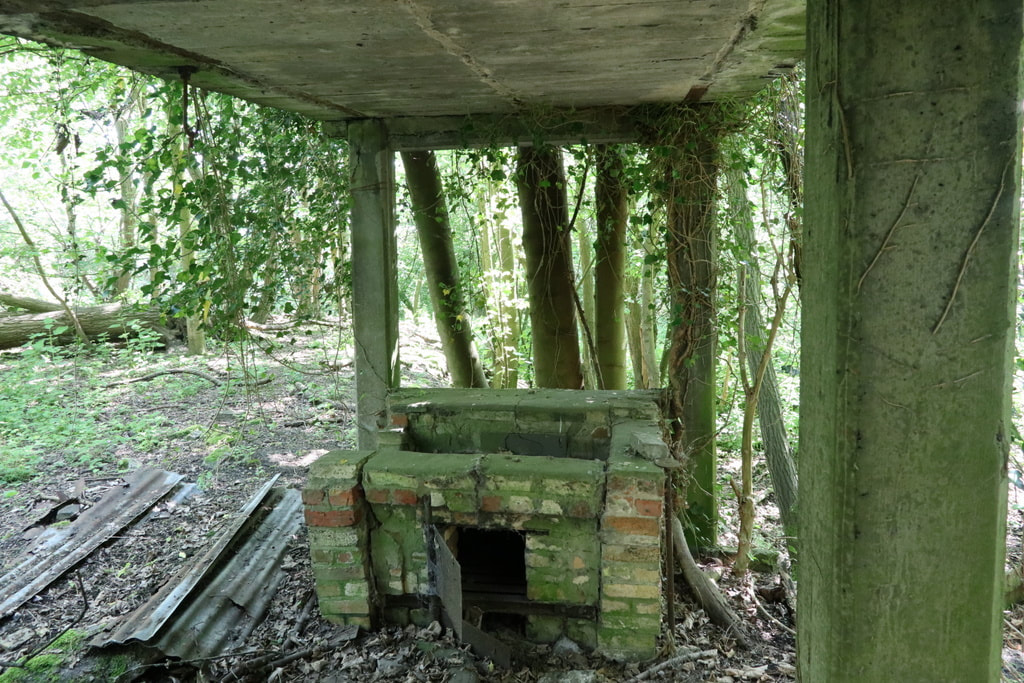


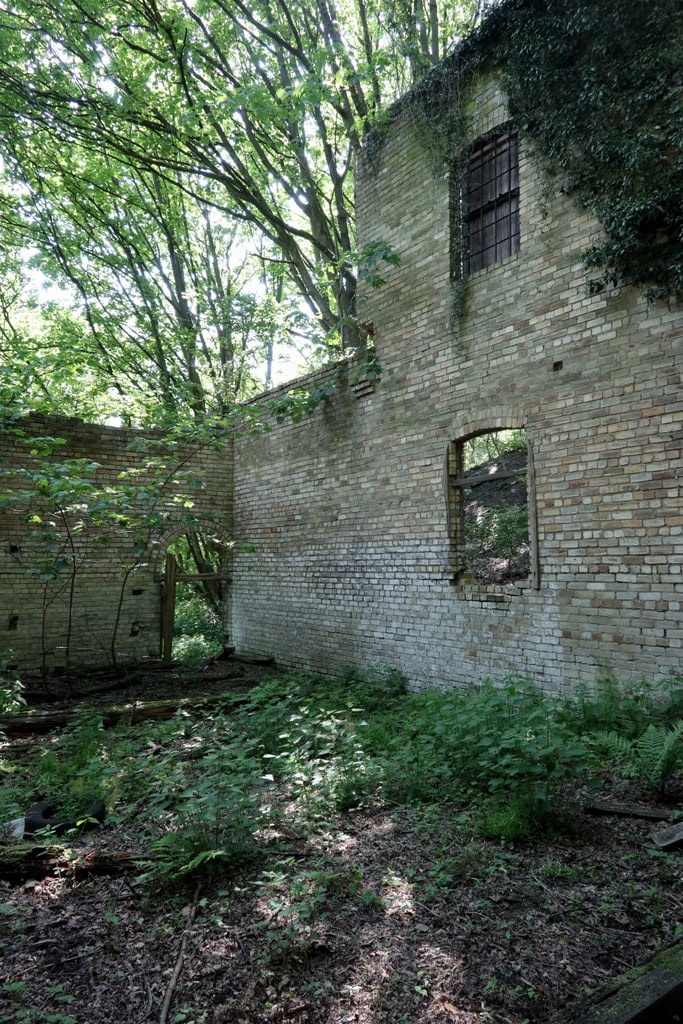

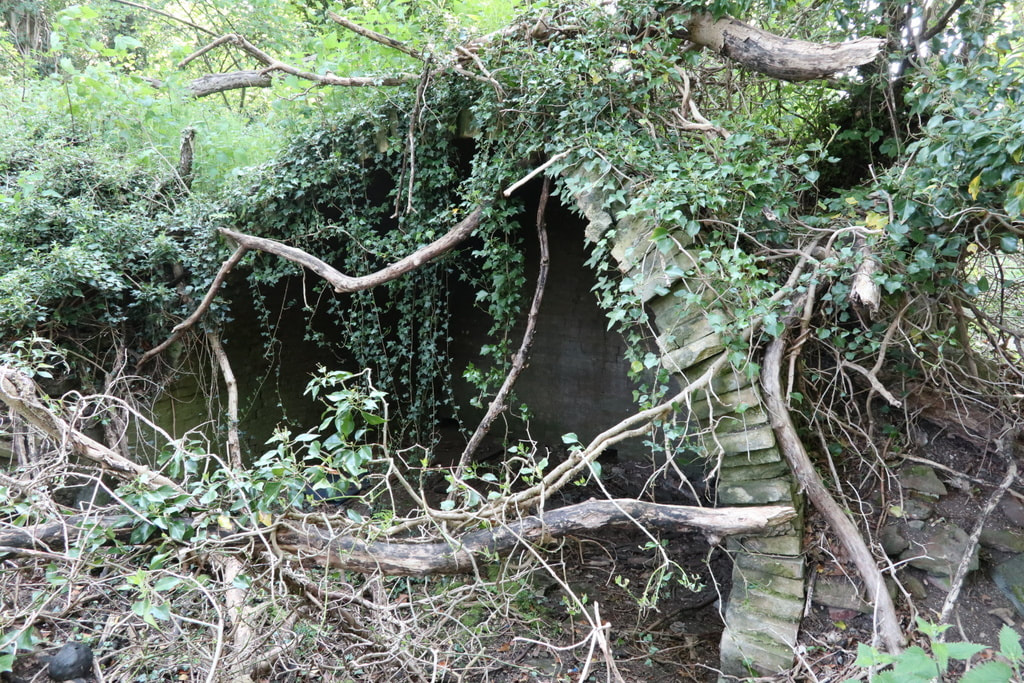

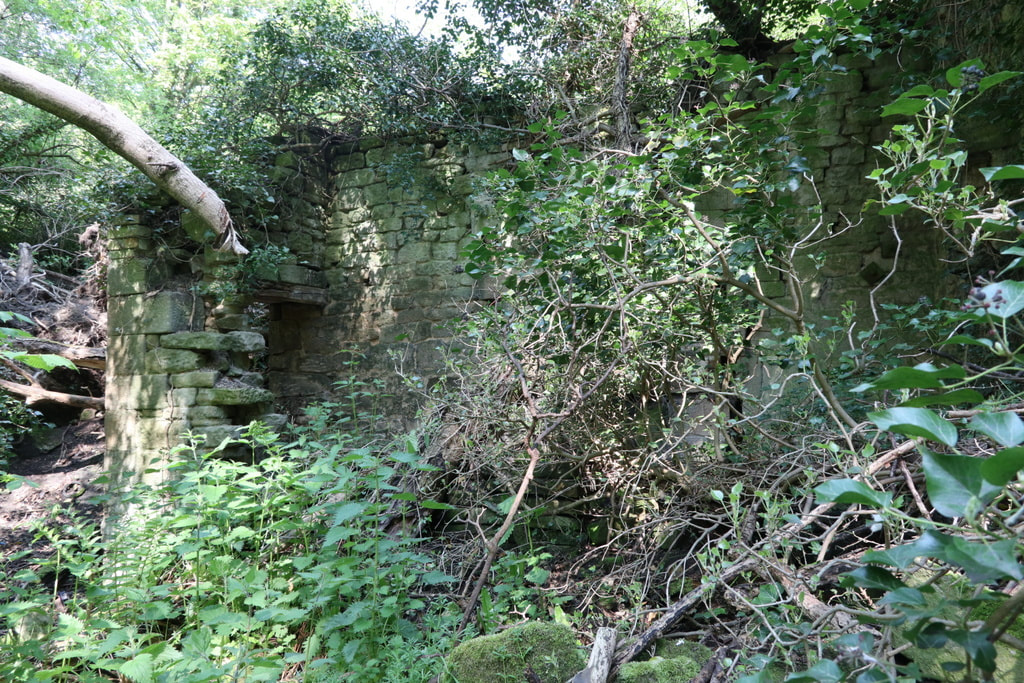


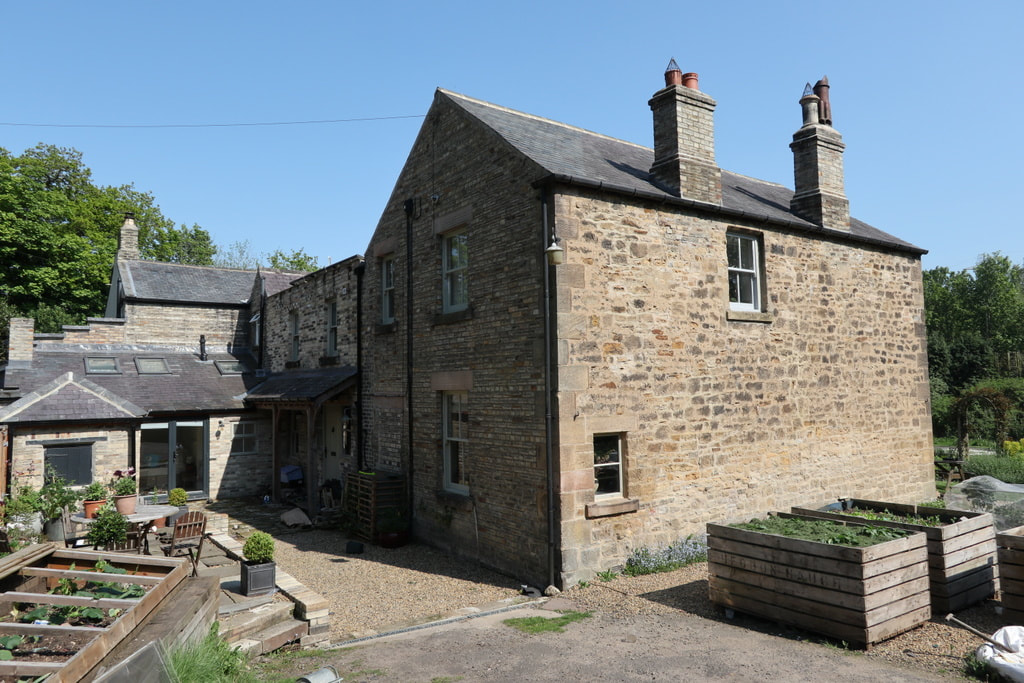


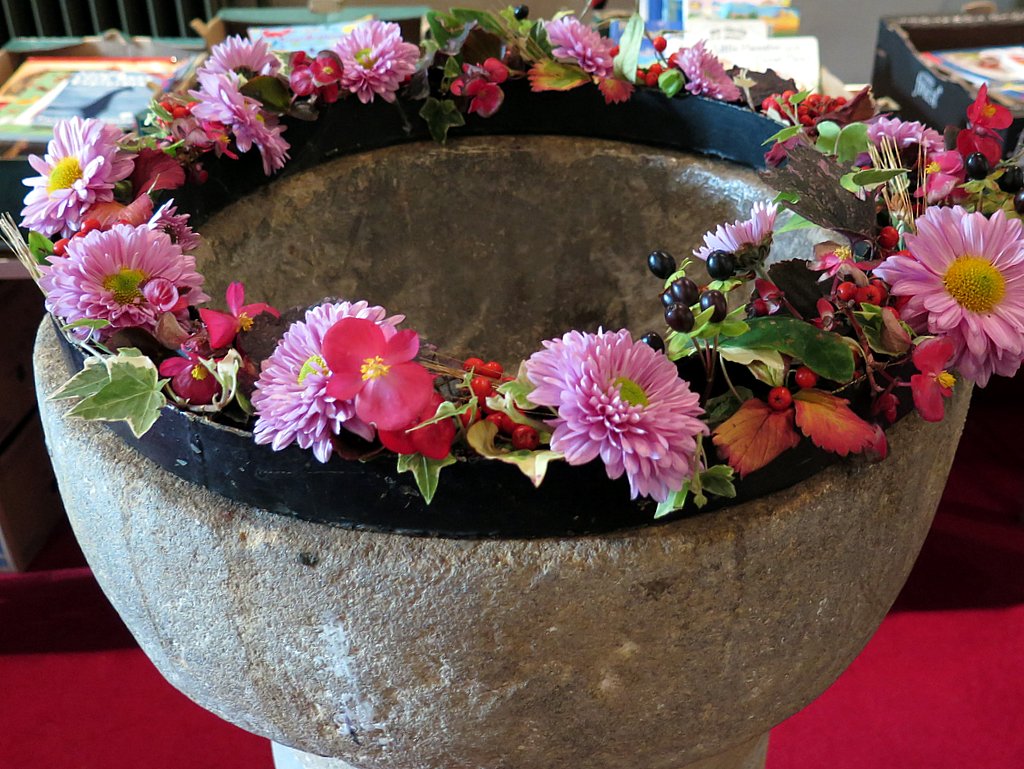

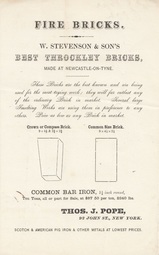
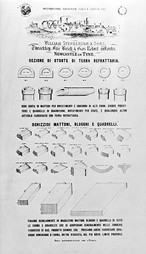
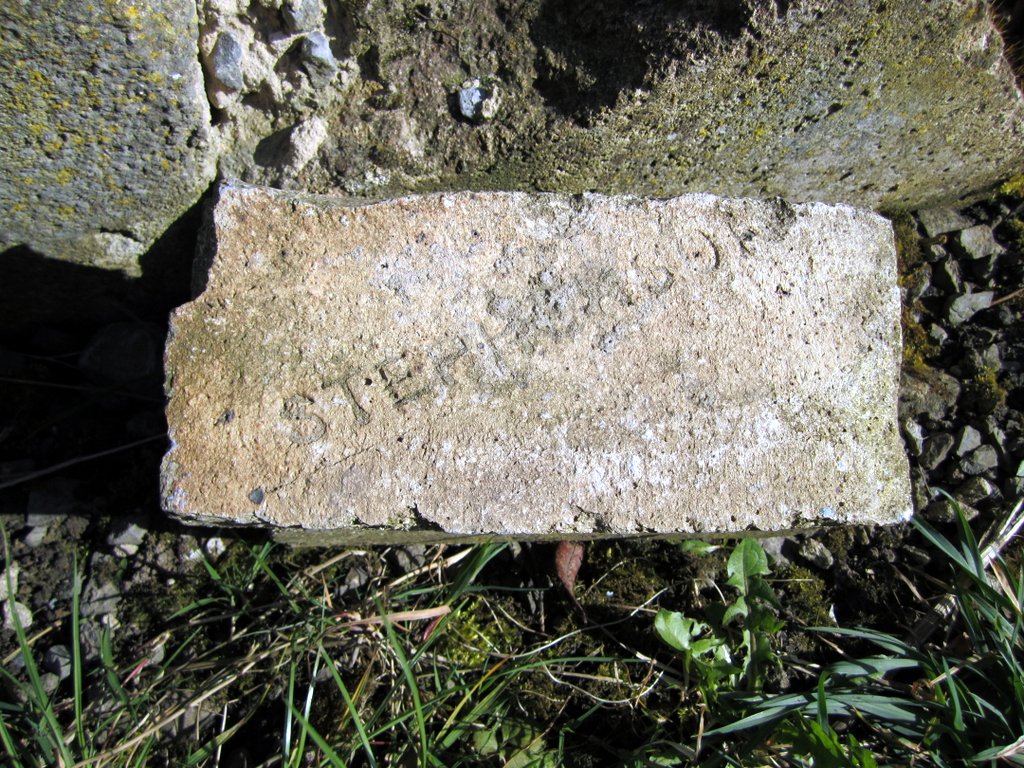


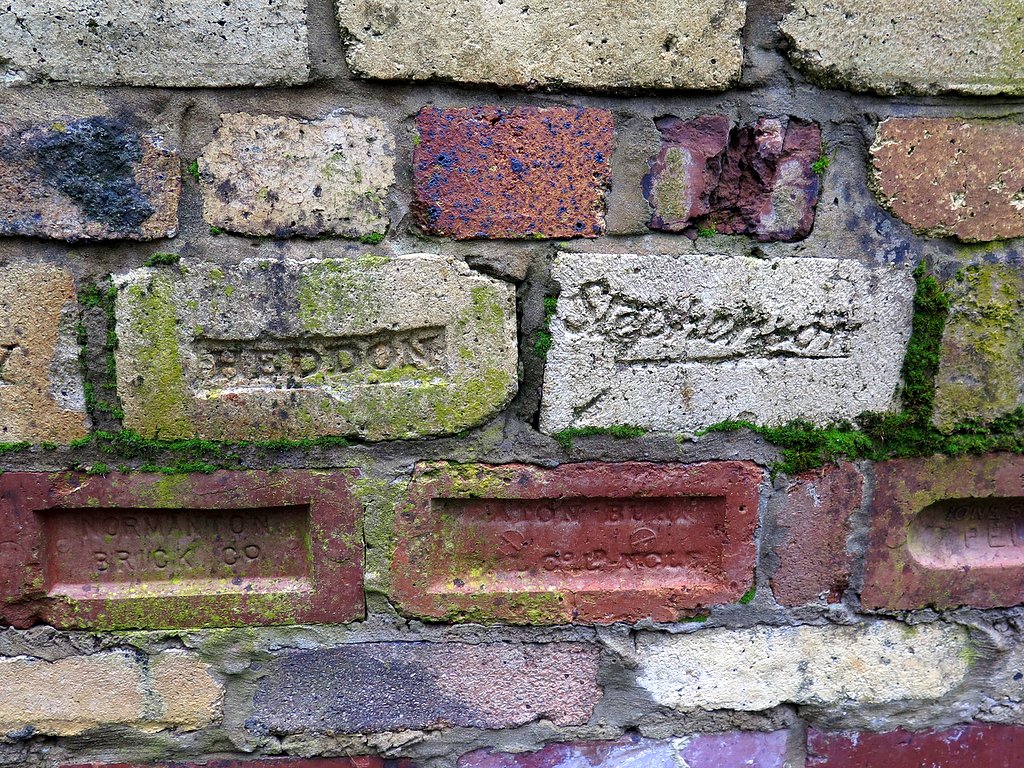
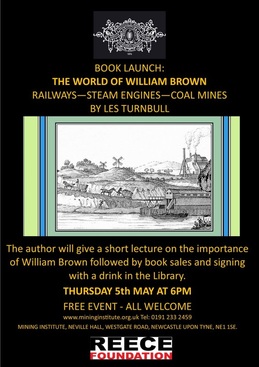

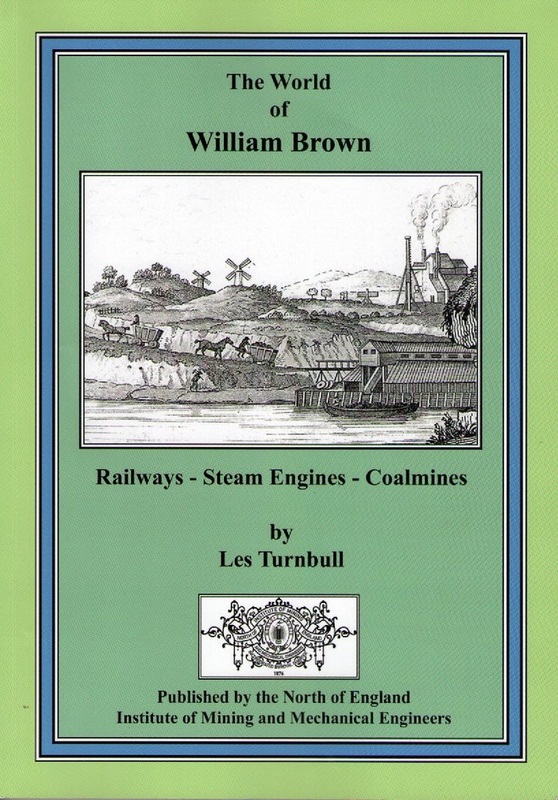
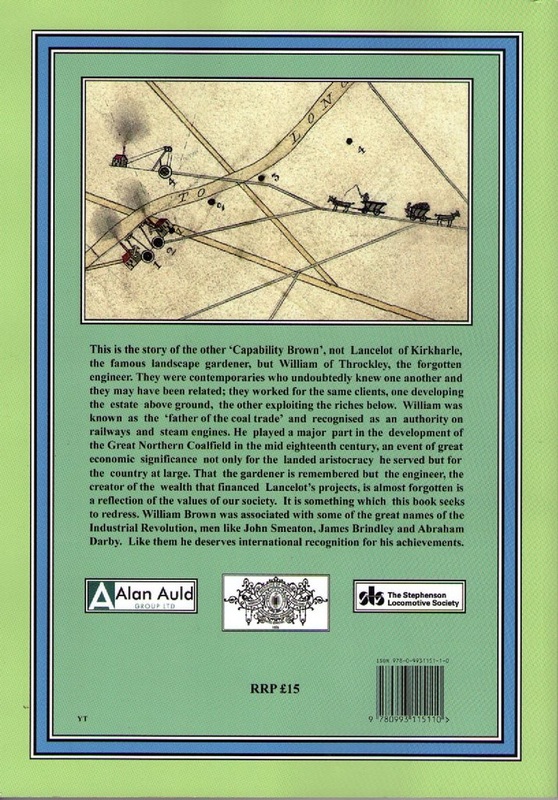
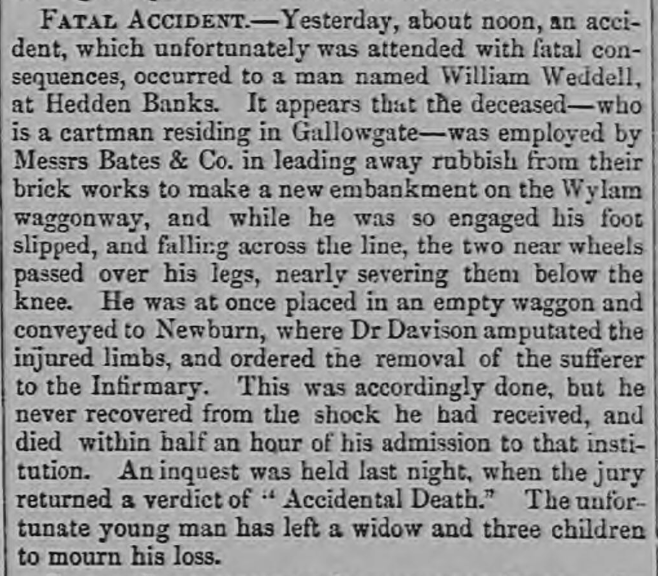
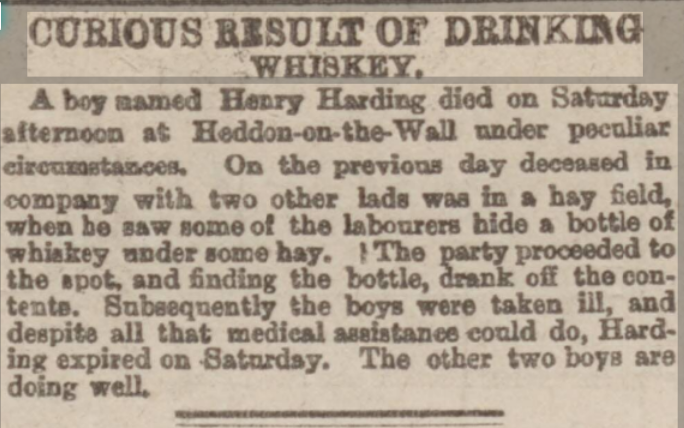
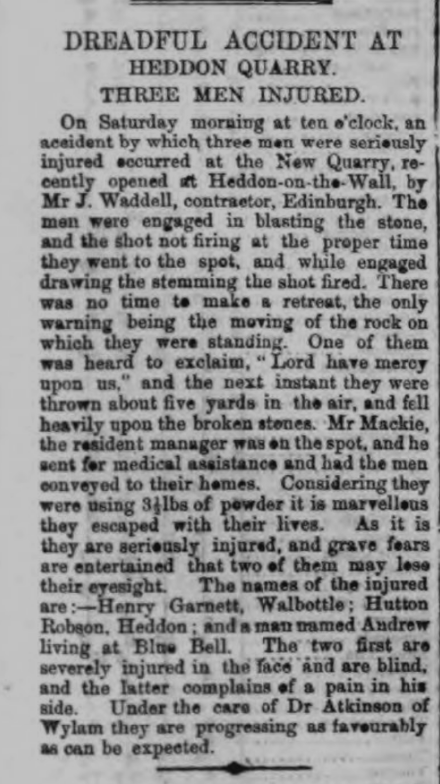
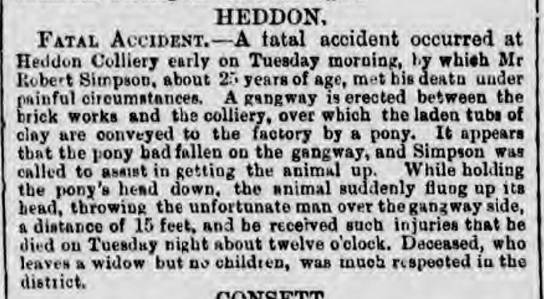
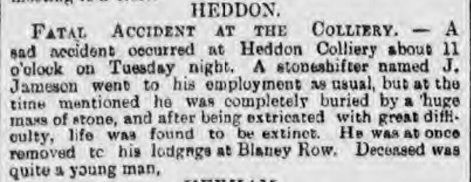


 RSS Feed
RSS Feed
